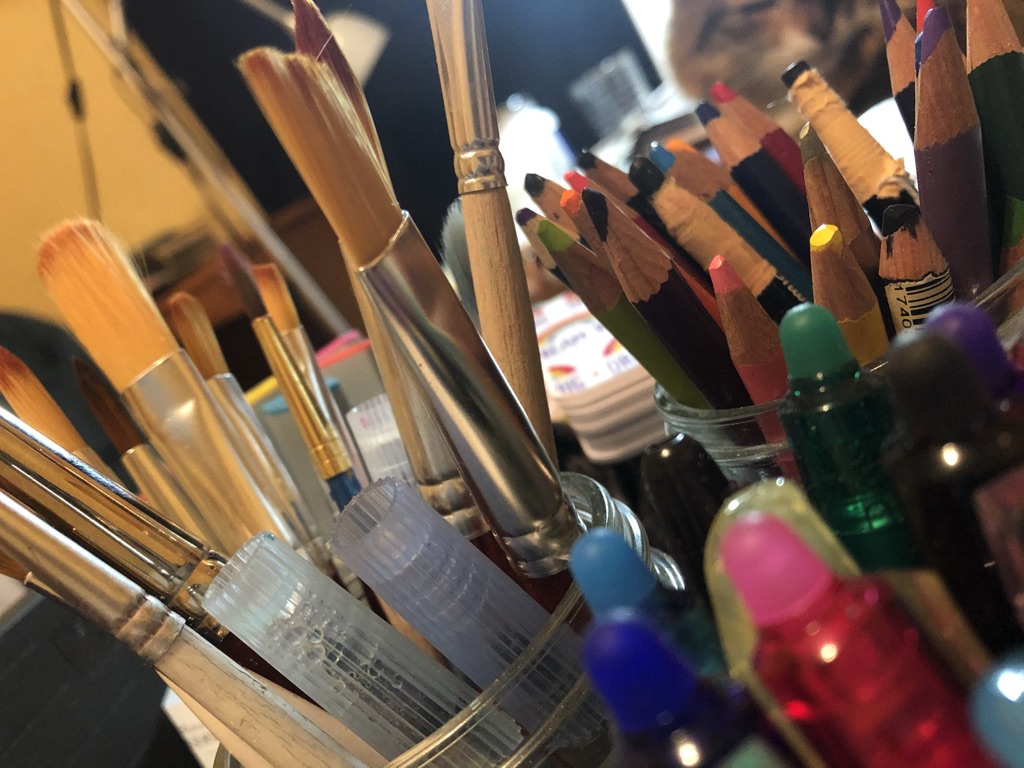Expressive Arts Therapy is a person-centered, relational and experiential arts-based approach to psychotherapy that engages the client through a process of creative discovery as a way to reconnect with inner resources. Clients may explore issues through visual art, creative writing, poetry, drama, music, voice and movement as catalysts for personal inquiry and providing new perspectives for healing and growth. Expressive arts therapy provides a way of using the arts to help people with a variety of challenges; whether they be psychological, emotional, behavioural, or associated with life traumas, relationships or transitions. It assumes that everyone has the capacity to respond creatively to the situations that they find themselves in.

By engaging in play and the arts, we are taken into the world of the imagination, where possibilities can be seen that are not evident in our daily lives. We can find resources that we did not know we had and possible solutions that were previously hidden from us. Instead of focusing on deficiencies and dwelling on problems, the EXA approach is resource-based and solution-focused.
The practice of the arts is an activity that involves the senses and the emotions. In an EXA session, we not only talk about our difficulties, we actively engage in artistic practices that give us a bodily and emotional relationship to what we are going through. The EXA therapist helps their clients by setting challenges within the arts that they can meet; clients thereby gain a sense of the abilities they have that can be used to solve their problems in daily life.
EXA therapists use a “low-skill high-sensitivity” approach. This means that clients do not have to be artists or have any particular artistic ability; they can be helped to become sensitive to whatever they are experiencing, whether they are engaged in play, movement, vocal expression, sound-making, work with colours and shapes, dramatic action and other forms of expression.

EXA is an interdisciplinary or “intermodal” form of art therapy. All the modalities of the senses may be involved and all the artistic disciplines can be drawn upon – music, dance, drama, visual art, writing, etc. Beginning with a playful attitude, the EXA therapist helps their clients find a way of working with their chosen materials that feels “just right” to them.
EXA sessions are collaborative; client and therapist work together to find solutions that are helpful. The relationship of the therapist and client is crucial. We sometimes say that the client is the “expert,” since they know their own life and their own problems better than we ever can, and that the therapist is the “companion,” since they are there to be with the client, not to diagnose or fix them.
Expressive arts therapy is a new and exciting field of therapeutic practice. It emphasizes creative expression in all its forms within a collaborative process in which both therapist and client are engaged. People who engage in EXA can become aware of abilities that they did not know they had, and gain a renewed sense of their own vitality. They can then face the difficulties of living with confidence and hope.
